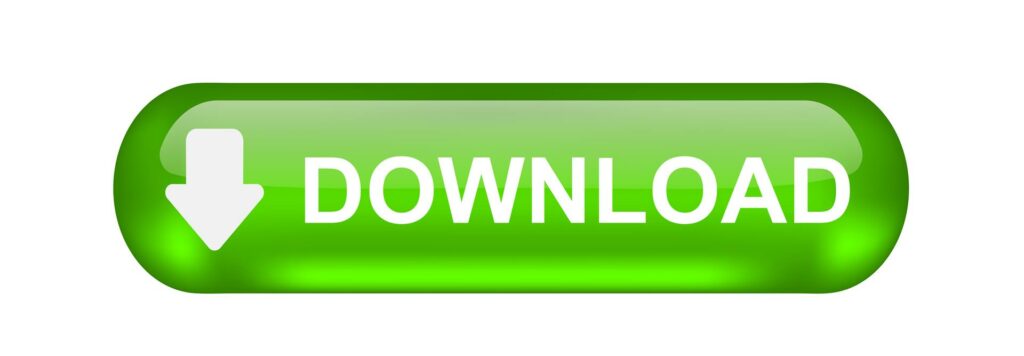Used with permission from Marzano’s Resources – Standards-based Grading for Leaders p. 10-11.
| Phase 1 Curriculum and Communication | Phase 2 Alignment and Capacity Building | Phase 3 Universal Implementation, Communication, and Reporting Systems | Phase 4 Continuation, Revision, and Expansion | Phase 5 Monitoring, Tracking Student Achievement, and Celebrating |
| Design a guaranteed and viable curriculum. Priority standards Proficiency scales Feedback and revision Pacing guides Draft an initial implementation and communication plan. Educate key leaders. • Board of education • Staff leaders Assemble a guiding team. Analyze existing grading practices. Establish digital storage for standards and scales. | Begin rolling out standards and scales. Seek feedback from teachers. Review and incorporate teacher feedback. Begin field-testing standards and scales. Align instruction and assessment. Align proficiency scales with instruc- tional activities and resources. Share methods for using scales for feedback and goal setting. Train teacher design teams on assess- ment literacy. Align quality classroom assessments. Train teachers on inter-rater reliability processes. Share strategies for intra-rater reliability. Expand your efforts. Continue revising proficiency scales for core content areas. Prioritize standards and draft proficiency scales for all other content areas. Continue working with technology for storage and access. Share Informaiton Engage in learning opportunites for additional learning leaders.Communicate initial implementation plan to key leaders.Establish core beliefs with teacher and leader teams.Send scouts to learn from other schools and districts.Continue to educate the board of educationEducate parents Monitor implementation | Expand work in non- core content areas. Align quality class- room assessments with standards and scales. Request that design teams field- test standards and scales. Obtain feedback from design teams and revise. Solicit feedback from teachers not on design teams and revise. Continue to train staff on assessment literacy. Include teachers of exceptional learners. Plan and initiate the rollout. Decide the progression of the rollout. Announce the implementation plan. Require teachers to use proficiency scales. Continue to educate and update the board of education. Prepare for reporting systems. Finalize technology for electronic reporting. Field-test the gradebook. | Seek feedback from teachers about classroom assessments in core content areas. Begin the implemen- tation rollout. Announce and share written plans with all staff. Implement profi- ciency scales in selected grade levels. Implement common classroom assessments in selected grade levels. Continue preparation in non-core content areas. Revise proficiency scales as needed. Align quality class- room assessments with standards and scales. Train non-core teachers on inter- rater reliability processes. Share intra-rater reliability strategies. Communicate with stakeholders. Organize learning opportunities for all staff. Share belief statements. Conduct focus groups with students and parents. Provide board members opportunities to observe new systems in action. Implement reporting systems for selected grades. Ensure families understand new repoting systemsFinalize technology needs.Track correlations among scales, common assessments and state assessments. | Expand implementation to additional grade levels. Proficiency scales Common classroom assessments New reporting systems Focus groups with students and parents Continue tracking correlations among scores. Train incoming stakeholders. New staff New parents New board members Celebrate success. |
Source: Adapted from Heflebower, 2020; Heflebower et al., 2014
